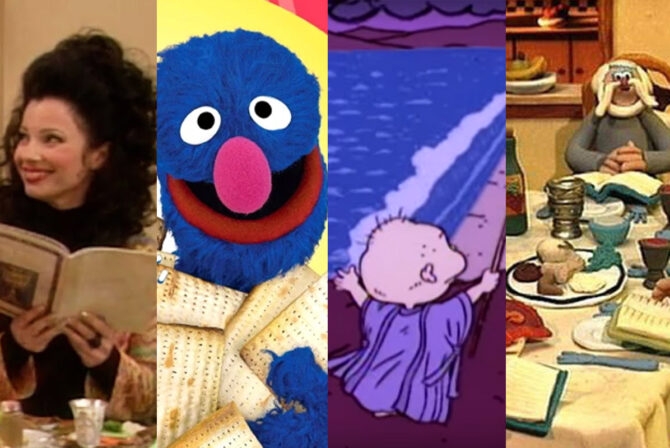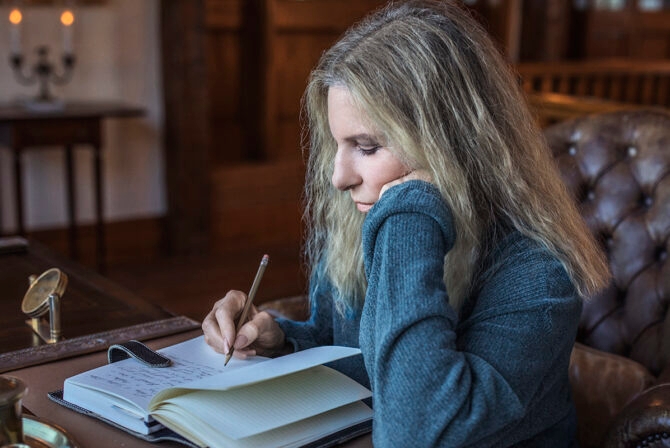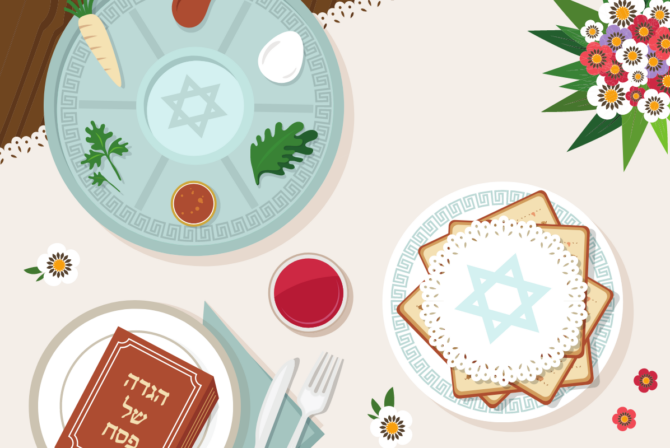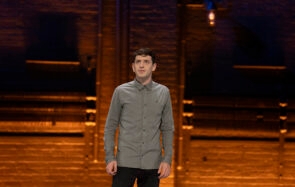Just like millions of little girls and boys across this country, my daughter is pretty enthused about the movie “Frozen.” Obsessed, really. She runs through the hallways with her long blue cape (or, more specifically, my formerly-favorite scarf that I got on our honeymoon to Italy) flowing in waves from her shoulders, leaping and singing “for the first time in forever….” She has refused to be called anything but Queen Elsa at dinner on more than one occasion. Every Lego tower built is now “The Frozen Ice Castle.”
But, I think for her, singing, “Let it Go” is more than just about being a girly 4-year-old who is embracing her high-heeled-fancy-shmancy-princess-loving stage. For Noa, “Let It Go” has become an anthem.
At 3 years old, Noa was diagnosed with anxiety. She’d always had a rough time: Breastfeeding was a struggle, complete with emergency weaning at nine months, Noa refusing to let anyone but me hold her for the first full year of her life, nutritional therapy because she wouldn’t eat, and the list goes on. Now it’s clear to us that she has some sensory issues, too. Noa had been a fussy baby, but at 3, her meltdowns seemed completely unmanageable and out of control. We couldn’t predict what would set her off. Once triggered, these meltdowns would last up to and sometimes over an hour. We could be anywhere and she would explode. Like a wild animal fighting for her life, Noa would scream, hit, kick, and slam her knees to the floor. We couldn’t connect with her, couldn’t reach her. She didn’t want to be held. Her eyes wouldn’t focus. She couldn’t speak. We just had to let her rage.
For years I’d been grasping for answers. I would desperately ask other mothers things like, “what do you do when your daughter refuses to stay in her room for time-outs?” Or, “How do you stop your child from hitting you when they’re throwing a fit?” My self-conscious questions received mostly neat and tidy answers. Lots of: “Well, you just have to be firm but gentle.” And maddeningly: “If they hit, it’s a time out.” These other families seemed to be experiencing their own very real and demanding toddlers, setting up workable disciplinary systems, and coping just fine. So why couldn’t I handle this?
We stopped going to parks and playdates, stopped taking her to the grocery store–going at 5 a.m. or after the kids and the sun went down instead. We even stopped taking our poor dog Booster on walks around the neighborhood. (It’s ok. He has a backyard and he’s the size of a toaster.) It felt like every time we’d venture out, Noa would inevitably fall apart. Each transition was agony and each would take a hefty chunk of time to recover from. Some days we’d ride this roller coaster of tantrum-recovery-tantrum-recovery from breakfast to bedtime. I was convinced I was the worst kind of mother: spineless, impatient, inadequate, and terrified of my own child. My mind told me a lot of things. It was probably because we quit breastfeeding cold turkey. It had to be that we forced her to stop co-sleeping when she was a year old. Oh, and it was definitely those times I locked myself in the bathroom to get away from her as she tried to claw her way under the door.
But still I searched. Maybe what was torturing our daughter stemmed from something obvious we’d overlooked. Certain it had to be something dietary, we eliminated gluten for a time, then dairy, and crossed our fingers that supplementing with fish oil gummies would do the trick. Nope. Maybe she needed more sensory stimulation like “brushing” or a weighted blanket or daily massages? Meh. Cranial-sacral therapy? Try again. Essential oils? Uh uh.
One day I realized that we hadn’t had more than a few minutes of peace and relative happiness in over a week. Her bad days were consuming her good, and we all needed help.
Noa’s first day at therapy was illuminating. After watching her play for an hour, this new therapist pulled me and my husband aside and said, hands down, Noa has anxiety. It was magic, this woman’s ability to see into our lives. She described specific behavior we’d been seeing at home and validated the emotions we had been wrestling with for so long. She explained that there’s no easy “fix” for anxiety, and that she’ll most likely deal with this her whole life. And then she said the kindest thing: Noa could not control herself and it was not our fault.
With occupational and play therapy, Noa can now vocalize when she’s angry, frustrated, or feeling rejected. She’s intensely in touch with her emotions. She deeply feels. She has bouts of negative self-talk and becomes ashamed when she melts down. Oh, how my heart drops when this happens. We stop everything, cuddle up and she repeats after me: I am loved, I am safe, I am important. After a few minutes, she’ll tell me that I’m holding her too tight, that she’s okay, and then she’ll jump up and be back to playing. She knows this behavior is something she can’t control. It’s this power to be harmful against the ones she loves that she’s fully aware of… and she does everything she can to hold it back.
The first time Noa saw “Frozen,” she was entranced. Wide-eyed and unwavering, you could almost see the hypnotic cartoon spirals spinning circles in her pupils. She kept glancing towards me, raising one smirky eyebrow and nodding vigorously in approval. The story was sweet, the songs were catchy, the princesses’ wardrobe was, yes, quite enviable. But the spark flickered when Noa realized this gal, Queen Elsa, was not a flawless heroine with a decidedly balanced emotional life. She was isolated, conflicted, out of control. Straight away, Noa got this. Her amazing 4-year-old-self caught a glimpse of a greater narrative: She has a voice and she is not alone.
Noa sings “Let It Go” from inside the lyrics. Her emotive dance is filled with furrows, triumphs, stomps, twirls and snarls. She is a magical ice queen with a dangerous beauty, and for those three minutes and forty-five seconds, she can truly let it go.
Like this post? Get the best of Kveller delivered straight to your inbox.







